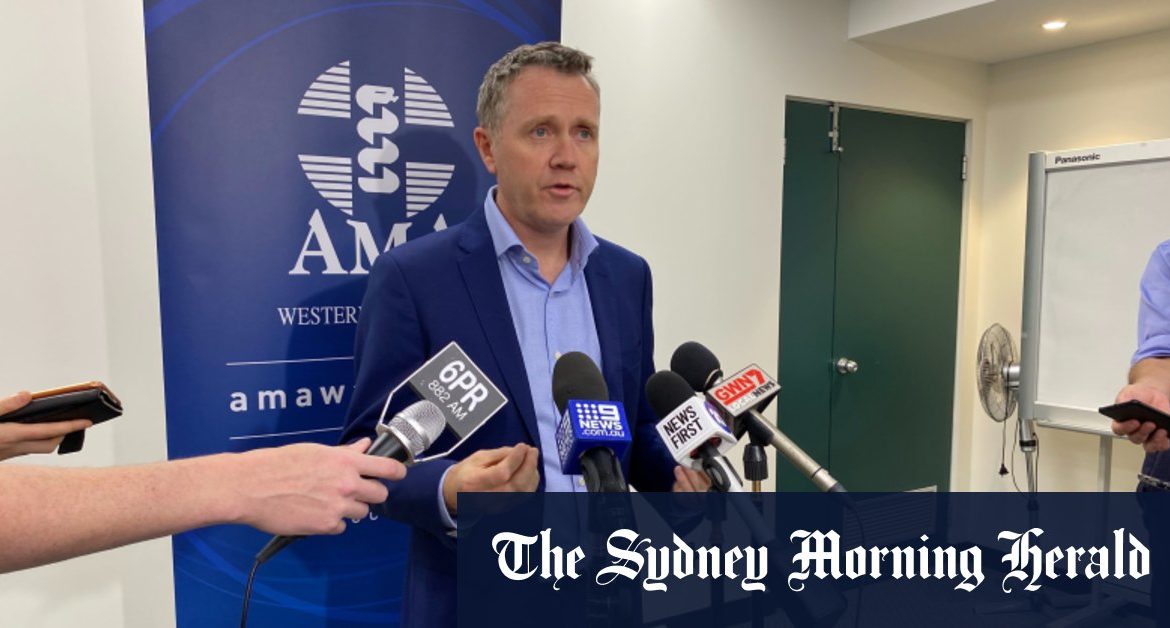He said the state government had been swift to impose travel restrictions on new arrivals but with nearly 5000 people from NSW already in WA, protecting frontline staff was crucial.
Since December 11, 4901 people have arrived in WA from NSW. Among those are 87 people who have arrived in Perth from Sydney’s northern beaches – the epicentre of the latest outbreak.
Fourteen flights were scheduled to arrive from Sydney on Friday and Saturday with about 1500 passengers on board.
“The government’s one good trick is shutting the border down but that causes an awful lot of pain and it doesn’t necessarily stop the spread that is already here,” Dr Miller said.
“We know there’s huge complacency because our hospitals are full of respiratory syncytial virus and parainfluenza virus at the moment, all respiratory infections which spread exactly the same way that COVID does.
“Unfortunately, this disease doesn’t give us the time to be polite. Give us the PPE that we need.”
Loading
Department of Health and PathWest data shows the number of patients with influenza-like illnesses in emergency departments last week was higher than the average for this time of the year, with respiratory syncytial virus numbers also above the standard rate.
PathWest recorded no positive influenza samples in the same period.
Dr Miller’s sombre message comes a month after the AMA joined forces with the Australian Nursing Federation of WA to sound the alarm about the government’s reluctance to train and fit-test staff with N95 face masks and other personal protective gear.
Fit testing requires an electronic device to test the seal between a mask and the user’s face to ensure there is no leakage around a person’s mouth and nose.
“We don’t want to be constantly complaining about things but we do have to nip at the government’s heels because it’s a bureaucracy and getting them to agree to these sort of things is not like dealing with people who understand the emergency of the situation,” Dr Miller said.
“People thought this was a Hollywood movie and the bad part had happened, the good guys had come in and all of a sudden it was all over. That’s not where we are at with COVID, we’ve got another 12 months of this.”
A Department of Health spokesperson said fit-testing equipment had now been delivered to health service providers and testers had began training on how to use the equipment this month.
“Health service providers will soon start scheduling appointments for staff to attend fit-testing sessions and have committed to offering testing to those at risk of exposure to airborne pathogens (including measles, tuberculosis and in specific situation SARS-CoV2),” the spokesperson said.
The department will begin fit-testing those most at risk but anticipates some staff will need a number of tests to find the respirator that best fits their facial structure.
“Passing a fit test on a given respirator does not guarantee future fit. It remains necessary for staff to fit-check their respirator every time one is worn,” the spokesperson said.
“Despite this we believe that fit-testing is an important component in an overall strategy to protect staff from infection.”
Marta is an award-winning photographer and journalist with a focus on social justice issues and local government.
Most Viewed in National
Loading







